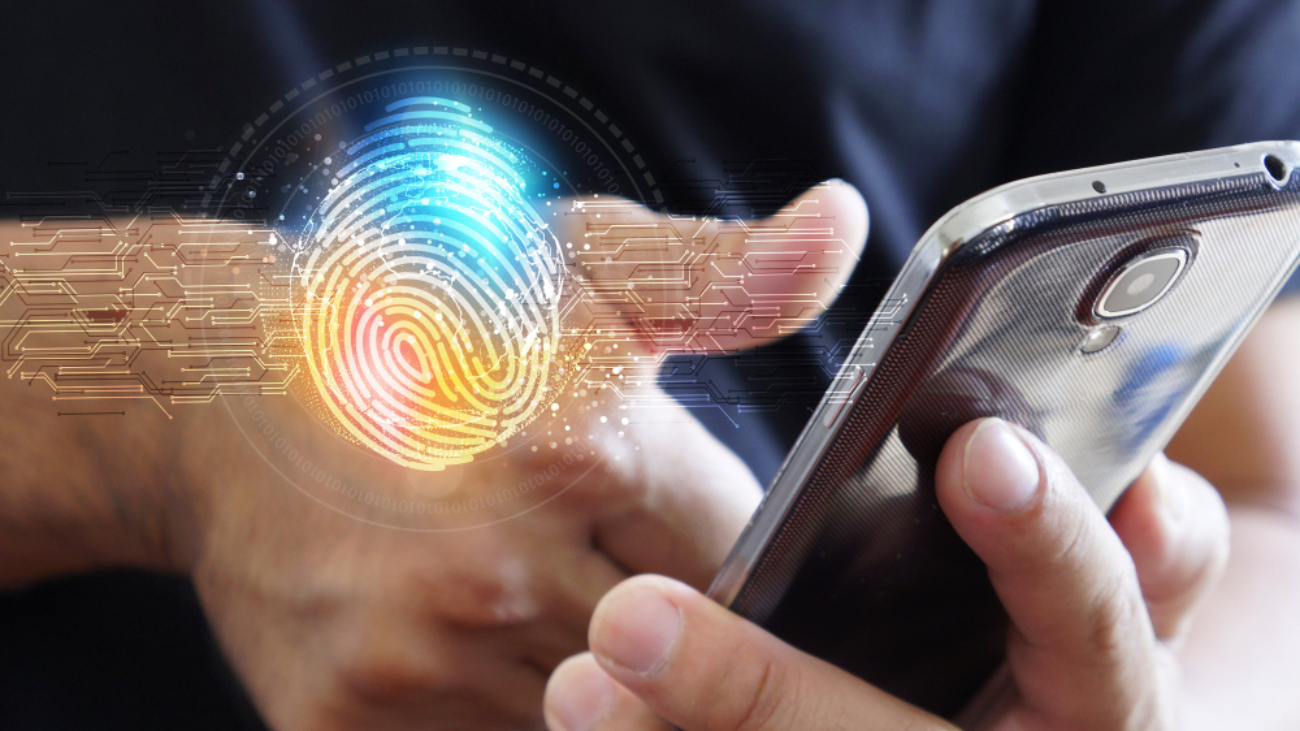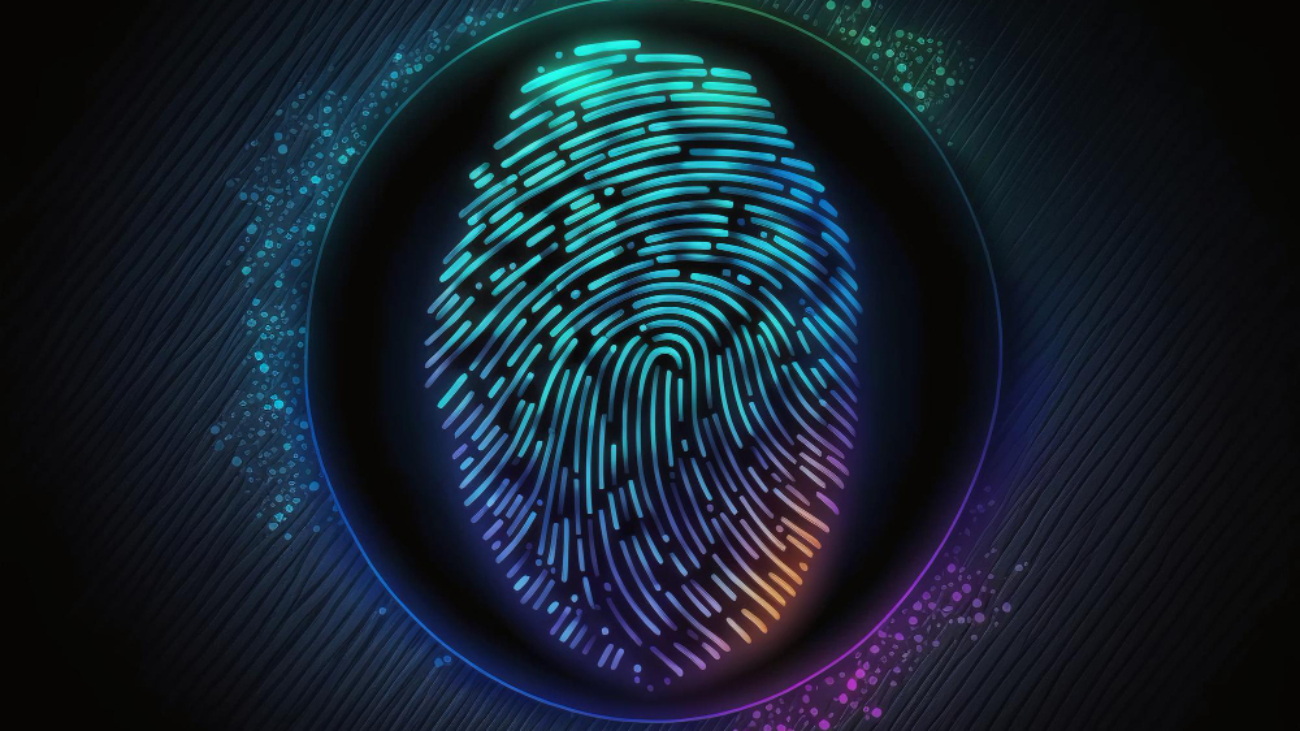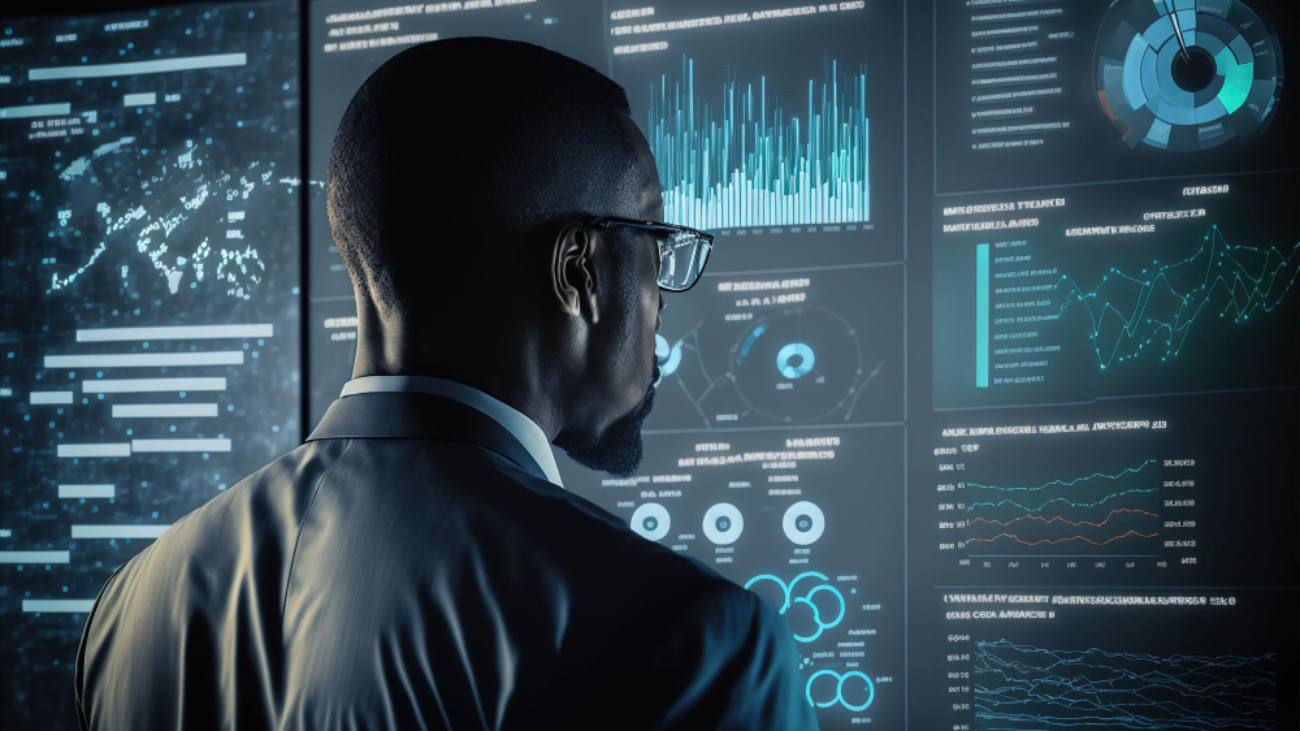Bahaa Abdul Hadi points out that corona virus has wreaked havoc on businesses and other organisations that rely on people working in a physical location. The ability to reopen and let people back into their buildings has been a very urgent requirement for many. These groups are looking into the best strategies for returning individuals to work when home restraining orders and business closure orders starts to withdraw globally
Health monitoring has become one of the most important elements in the effort to keep the employee population safe throughout the pandemic and maybe into the future. While several new apps have been developed to promote self-reporting, many businesses have found that this is still insufficient to protect their employees’ health and safety. These companies have started looking for technological solutions to screen employees as they enter buildings.
Access control, however, is still a crucial requirement for any institutions that need to guarantee that only authorised people can pass through an entry point. Touchless access control solutions have very quickly gained popularity in response to the emerging dangers to health and safety because they reduce the spread of bacteria and viruses. Face recognition has emerged as the leader among them due to its high level of accuracy.
Thermal cameras have recently gained much popularity as a biometric access control method in addition to facial recognition, it can also detect hot spots.
An imaging camera functioning consists of spotting heat coming off the target. When positioned at an entry point,its facial recognition technology can scan visitors within minutes to manage access while also recognising people with hot skin. Human Resources or other authorities are informed of this crucial information by alerting and notifying capabilities, who can subsequently take the necessary measures to safeguard the remaining personnel on the job site.
Sensor innovations for thermal cameras
Now a days, thermopiles and microbolometers are the two important types of thermal sensor technology used everywhere. There are some major distinctions between the two which have an impact on their capacity to provide the best temperature taking performance.
By sensing an object’s infrared energy, thermal cameras with thermopile and microbolometer sensors estimate temperature. The temperature will increase in direct proportion to the amount of infrared radiation being released.
However, thermopile sensors used in thermal cameras result in low-resolution images with just few thousand pixels. These sensors have drawbacks, including the requirement that people remain still and the lengthy screening process.
The high-resolution photos from a thermal camera as compared to microbolometer sensors, have more than 10,000 pixels. This makes thermopile cameras less accurate at measuring temperature than microbolometer-type cameras. Subjects do not have to remain still to be measured because microbolometer sensors can gather information considerably more quickly and accurately from a variety of positions. This makes it possible to quickly measure people as they pass the camera.
Bahaa Abdul Hadi drafts the below suggestions to improve the output of the thermal camera:
- Put the camera in a secure location. There should be no direct sunshine, any large heat sources nearby, with little wind or air movement possible.
- Avoid places where windows, metallic objects, or other reflective surfaces cold reflect light into the camera’s imager.
- Use a shielding item such as a screen or a tent to cover the camera if it has to be used outside. For maximum performance, use the gadget in their commended ambient temperature range.
- Keep reasonable distances between people passing the camera.
- Screen each person separately.
- A person being examined should not have been recently engaged in any activity that raises body temperature, such as exercising or taking a bath. After such activities, give the subject a 30 minute of rest.
- To prevent evaporating heat from reducing temperature, wipe any perspiration or moisture off the skin region which are getting scanned.
- For maximum accuracy, ask every person in screening to take off anything that might be blocking their forehead. Examples are their hat or their hair bands.
- Ensure that everyone is facing the camera and that the camera captures their whole face.
- Perform a further examination using a medical tool on anyone who exhibits an increased skin temperature.
Thank you for your interest in Bahaa Abdul Hadi blogs. For more stories like these, please stay tuned to www. bahaaabdulhadi.com







